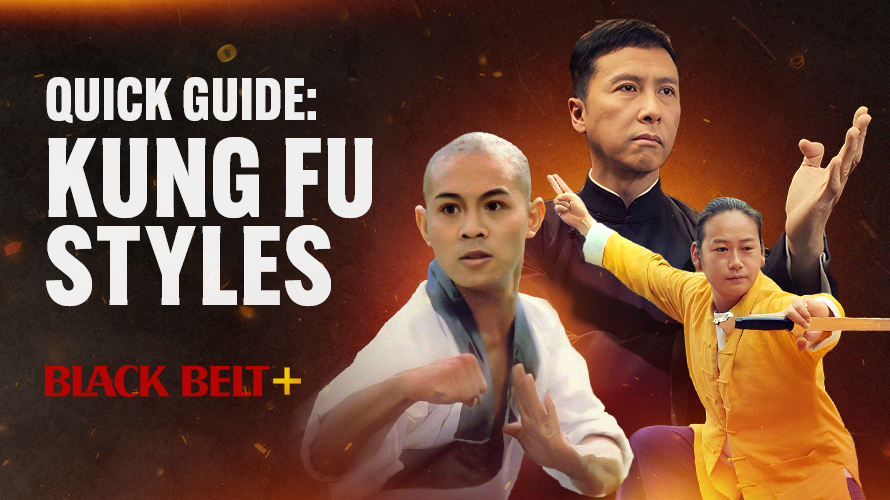Kung Fu Styles Quick Guide
- Bo Maxwell
- Oct 1, 2023
- 3 min read
Updated: Oct 20, 2023

From Jet Li to Donnie Yen, Kung Fu (or Wushu) is a martial art that has become mainstream through the action stars from the 1970s to present day. Despite its umbrella term, there are many distinct styles to this Chinese martial art. Kung Fu encompasses a vast array of distinct styles, each with its unique characteristics, techniques, and training methods. These styles have evolved over centuries and are often associated with specific regions, families, or philosophies.
A solid martial artist should have a basic understanding of what sets Kung Fu and its distinct styles apart. Check out this quick guide to test your knowledge: While we'd need to write a whole book to cover all the styles in detail, let's explore some prominent ones: a) Shaolin Kung Fu: Known for performing extraordinary visual feats, Shaolin Kung Fu martial artists are once again gaining popularity through social media. Originating from the famous Shaolin Temple in Henan Province, Shaolin Kung Fu is renowned for its dynamic and powerful movements. It emphasizes physical conditioning, acrobatics, and a wide range of striking techniques. Shaolin Kung Fu includes various sub-styles such as Tiger, Crane, and Praying Mantis.
b) Wing Chun: Most people in the western world became familiar with Wing Chun because of Bruce Lee. Known for its efficiency and economy of motion, Wing Chun is a close-quarters combat style that emphasizes speed, precision, and simultaneous attack and defense. Its techniques focus on redirecting and trapping an opponent's energy, making it suitable for self-defense in confined spaces.
c) Tai Chi: Tai Chi is a graceful and flowing style that combines martial arts, meditation, and health cultivation. Known for its slow, deliberate movements, Tai Chi enhances relaxation, balance, and energy circulation. It is often practiced as a form of moving meditation and promotes overall well-being.
d) Baguazhang: Baguazhang is characterized by circular footwork and continuous, fluid movements. It emphasizes evasive footwork, intricate palm techniques, and the cultivation of internal energy. Baguazhang practitioners utilize circular walking patterns, which enhance agility, coordination, and the ability to change directions quickly.
e) Xingyiquan: Xingyiquan, also known as "Form-Intention Boxing," is an aggressive and straightforward style that emphasizes explosive power and direct linear strikes. It is based on imitating the movements of different animals and is known for its simplicity, speed, and practicality in combat.
Northern and Southern Styles: Kung Fu styles are often categorized into Northern and Southern systems. Northern styles, like Northern Praying Mantis and Northern Shaolin, emphasize long-range techniques, acrobatics, and elaborate kicks. Southern styles, such as Wing Chun and Hung Gar, focus on close-range combat, powerful strikes, and strong stances. Each Kung Fu style has its strengths, philosophical underpinnings, and training methods. Exploring different styles allows practitioners to discover their preferred approach to martial arts and tailor their training accordingly.
The diverse range of Kung Fu styles showcases the richness and versatility of this martial art. From the powerful strikes of Shaolin Kung Fu to the flowing movements of Tai Chi, each style offers unique insights and techniques. Aspiring Kung Fu practitioners can explore different styles, find the one that resonates with them, and delve into its techniques, philosophy, and training methods to deepen their understanding and expertise in the art of Kung Fu.
If you want to learn Kung Fu and dozens of other martial art styles, check out Black Belt+. Black Belt+ is the biggest martial arts digital platform in history. From its rich history spanning over 60 years, the platform includes thousands of remastered instructional videos, martial arts movies, documentaries, and, of course, digital issues and articles from the iconic Black Belt Magazine. The new app is available on iOS and Android mobile devices and tablets. Or download and subscribe directly from Black Belt at plus.blackbeltmag.com.


